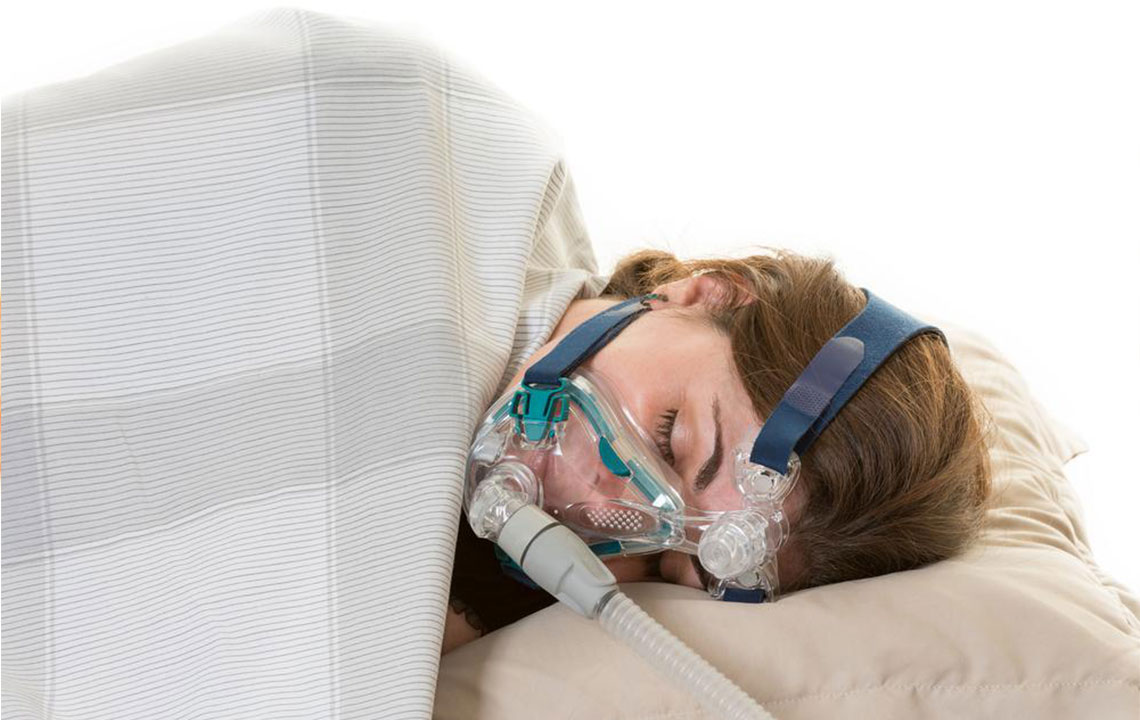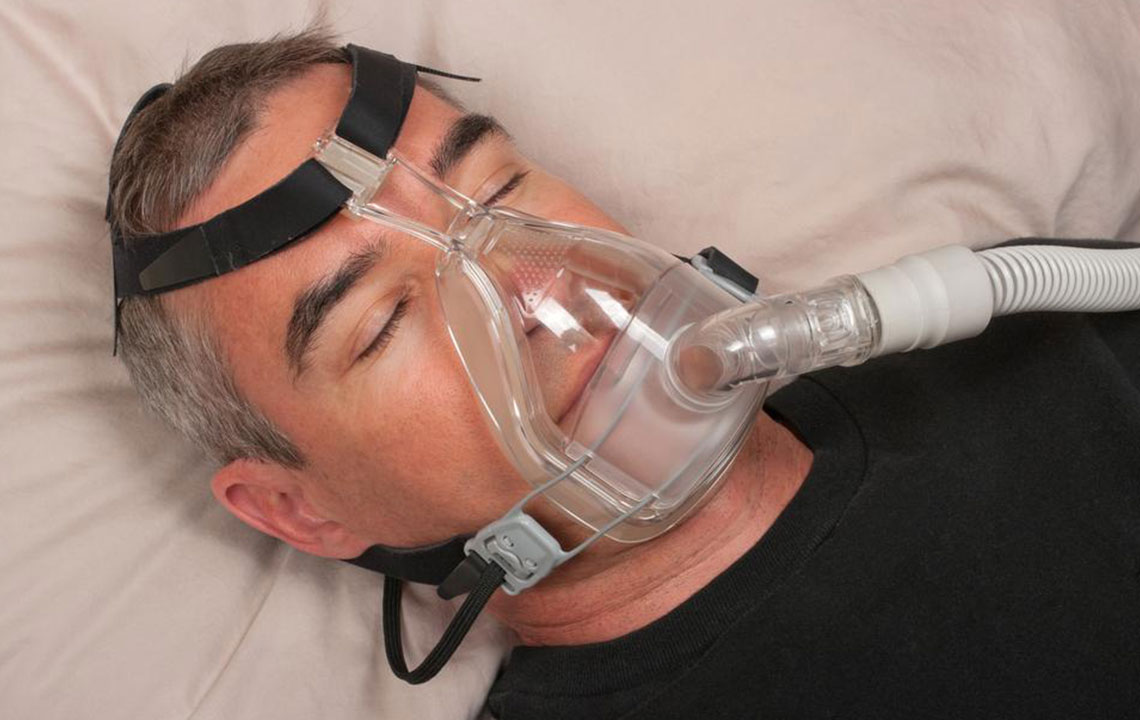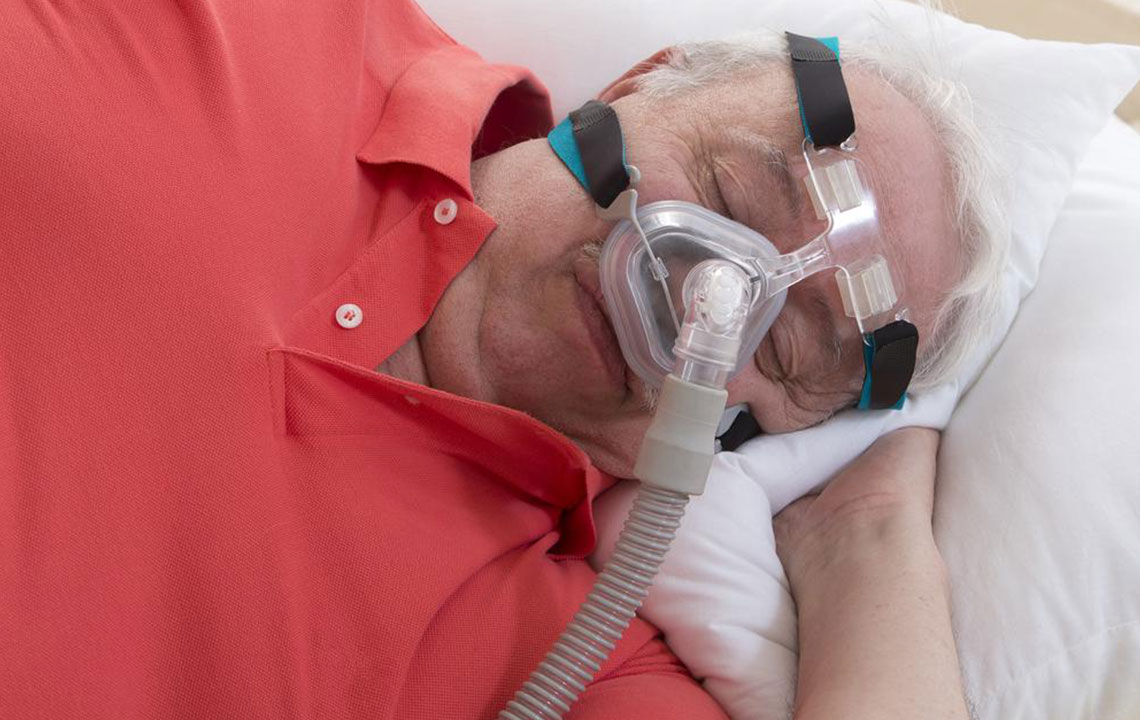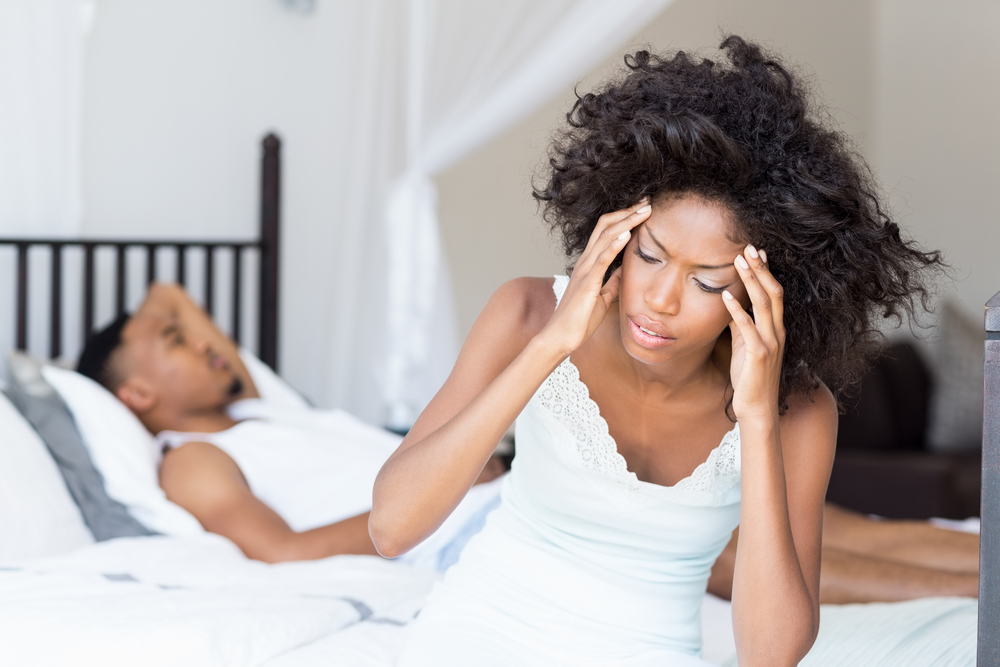Comprehensive Guide to Oral Sleep Apnea Devices: Benefits and Limitations
Discover the comprehensive benefits and limitations of oral sleep apnea devices. Learn how these affordable, portable solutions can improve airflow during sleep and when they might fall short, especially in severe cases. Find out everything you need to know to make an informed decision about managing sleep apnea effectively.

Comprehensive Guide to Oral Sleep Apnea Devices: Benefits and Limitations
Managing sleep apnea effectively requires a tailored approach, and oral devices have become increasingly popular as a non-invasive treatment option. The choice of an oral sleep apnea device often depends on factors such as the severity of the condition, patient comfort, lifestyle preferences, and cost considerations. These devices, mainly custom-made mouthguards or oral appliances, are designed to improve airflow during sleep by repositioning the jaw or tongue. As with any medical device, understanding the advantages and potential drawbacks is crucial for making an informed decision.
Cost considerations play a significant role when choosing an oral sleep apnea device. The price varies based on the type of device, its level of customization, the complexity of the treatment plan, and geographic location. On average, a basic mouthguard may cost a few hundred dollars, while highly customized appliances designed by dental specialists could range into the thousands. Fortunately, many insurance plans now recognize these devices as legitimate treatment options, often covering a substantial portion of the expenses, making them accessible for a wider population.
Advantages of oral sleep apnea devices include:
Portability and Convenience for Travelers: Unlike CPAP machines, which can be bulky and require power sources, oral devices are compact, lightweight, and easy to pack. This makes them ideal for frequent travelers, business professionals, or those who prefer a hassle-free solution without compromising their sleep quality when away from home.
Complementing Other Treatments: For individuals who are using positive airway pressure (PAP) therapy but find the high-pressure settings uncomfortable or challenging, oral appliances can serve as a complementary treatment. They help maintain jaw and airway alignment, reducing the likelihood of airway collapse during sleep. This combined approach often leads to improved comfort and better overall management of sleep apnea.
Comfort and Ease of Use: Compared to traditional CPAP masks, oral devices are generally considered more comfortable and less intrusive. Many users appreciate the minimal facial contact, which reduces issues such as skin irritation or claustrophobia. The simplicity of wearing a mouthguard also decreases the chances of dislodging the device during sleep, providing a more stable sleep experience.
Cost-Effectiveness: The affordability of oral appliances can be appealing, especially for individuals without extensive insurance coverage. Lower initial costs and reduced ongoing maintenance make them a feasible option for many patients seeking an effective sleep apnea solution.
Despite these advantages, it is essential to consider the potential limitations:
Limitations and Challenges of Oral Devices include:
Comfort Issues: Some users might experience discomfort or tenderness in the jaw, teeth, or gums after prolonged use. Adjustments may be necessary to ensure proper fit and comfort.
Limitations in Severely Affected Cases: While effective for mild to moderate sleep apnea, oral appliances may not sufficiently treat severe cases. For very serious conditions, a more aggressive approach such as CPAP or surgery might be required.
Customization Requirements: Achieving an optimal fit involves a detailed assessment by dental specialists. Poorly fitted devices can cause discomfort or reduced effectiveness, which emphasizes the importance of professional customization.
Side Effects Such as Excess Saliva Production: Tongue-retaining devices, in particular, might increase saliva flow, leading to discomfort, soreness, or even gum issues if not managed properly.
Impact on Dental Restorations: Patients with existing dental work may experience dislodgement or loosening of crowns, bridges, or implants due to the pressure exerted by the appliance.
Potential Jaw Pain or Soreness: Some users might experience tension, soreness, or jaw discomfort, especially if the device forces the jaw into an unusual position or if used improperly.
While oral devices are a practical and often effective solution for managing sleep apnea, they are not without their limitations. It is essential to consult with a healthcare professional to weigh the benefits against the potential side effects and individual suitability. For many individuals, especially those with mild to moderate sleep apnea and a preference for non-invasive options, oral appliances provide a comfortable alternative to traditional therapy methods.
Ultimately, choosing the right treatment involves a comprehensive evaluation by sleep specialists and dental professionals. Considering factors such as comfort, cost, severity of sleep apnea, and personal lifestyle will help determine whether an oral device is the optimal choice or if other interventions are necessary to ensure restful and healthy sleep.





